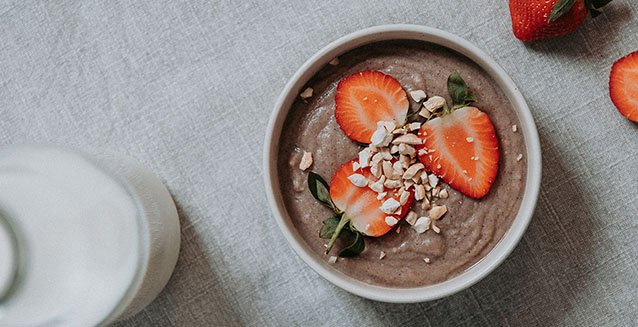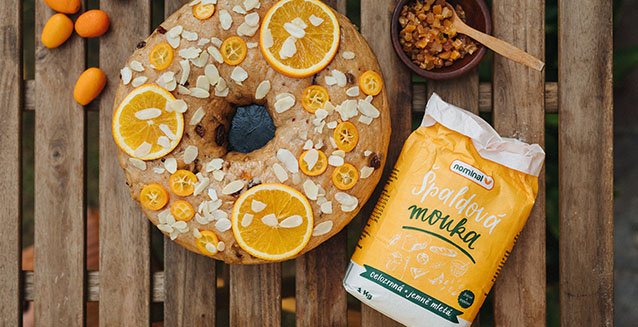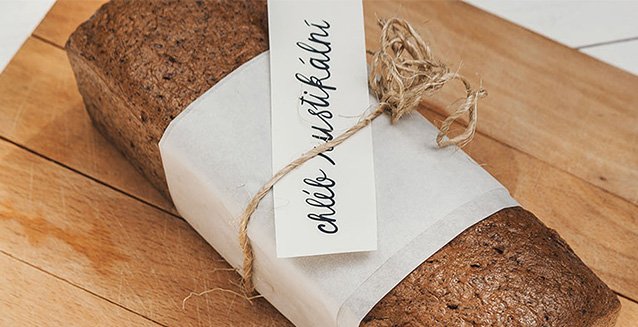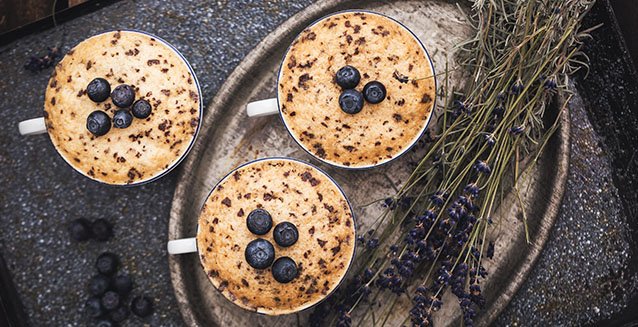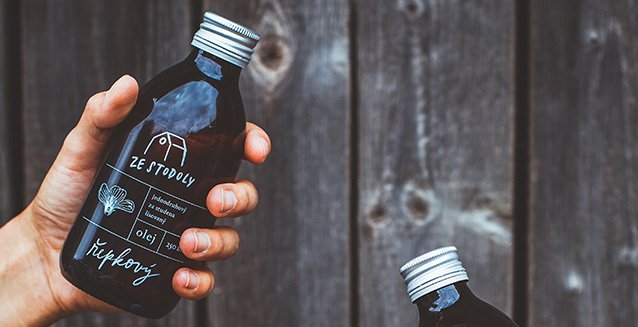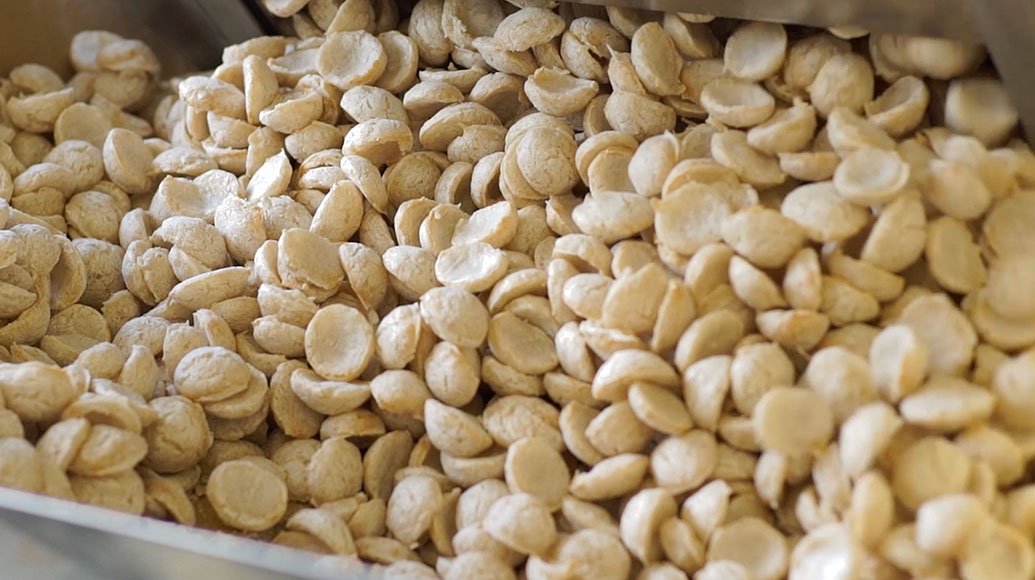Search term must have more than 2 characters.
Healthy diet
Hidden gluten in foodstuffs - what to look out for
Všeobecně platí, že bezlepkové potraviny můžeme rozdělit na přirozeně bezlepkové a takové, ze kterých byl lepek odstraněn během výrobního procesu. Většina lidí automaticky předpokládá, že přirozeně bezlepkové potraviny lepek nemůžou obsahovat. To ovšem nemusí být nutně pravda.
To begin with, a gluten-free diet means the complete elimination of gluten from the diet. Nowadays, a large number of manufacturers are trying to produce gluten-free foodstuffs, which entails both legislative requirements and, above all, the adaptation of technological processing.
The fact is that for most products, which are naturally gluten-free, few would expect gluten. A minor complication, however, is the fact that a particular manufacturer may not process only one type of foodstuff in their plant.
Also, have you ever cooked a dish with naturally gluten-fre
e ingredients and still felt sick afterwards, or observed symptoms associated with a dietary error? It may not have been you who made the mistake. It may have been a gluten-free foodstuff which was contaminated with gluten during processing, packaging or transport.
Gluten contamination: How does it happen?
Most foodstuff manufacturers process, package and then distribute a broader portfolio of products in their plants. Therefore, if a naturally gluten-free ingredient (e.g. millet) is being processed, the same facilities and equipment, which were used for processing wheat a short while ago, can be used. The resulting situation probably doesn't require any complex description. Millet, itself gluten-free, ultimately contains gluten.
Most manufacturers also process foodstuffs containing gluten and other allergens. This fact is reflected in Regulation (EC) No 41/2009 of 20 January 2009 on the composition and labelling of foodstuffs suitable for people intolerant to gluten, which lays down uniform European rules on the composition and labelling of foodstuffs with regard to gluten content. In our country, after a three-year transitional period, this Regulation became effective as of January 1, 2012.
What does this actually mean for us? We have elaborated the most important points of the above mentioned regulation in the following part of the article.
What is a gluten-free foodstuff?
Regulation (EC) No 41/2009 defines two basic categories of foodstuffs for particular nutritional uses suitable for people with gluten intolerance, which are subject to different content and labelling requirements:
- foods labelled "GLUTEN-FREE": the gluten content may be no greater than 20 mg / 1 kg
- foods labelled "VERY LOW GLUTEN": the gluten content may be no greater than 100 mg / 1 kg
In practice, this means that a gluten-free foodstuff doesn't have to be completely gluten-free. However, it is necessary that the gluten-free foodstuff complies with the above maximum limit of gluten content per 1 kg of product weight.
This may seem strange at first glance, but several independent studies have indicated that such a low gluten content is not harmful for a gluten-free diet. Nevertheless, the 'gluten-free' label is primarily intended for foodstuffs which don't contain wheat, barley, rye, oats or their hybrids and contain other ingredients replacing wheat, barley, rye and oats (i.e. naturally gluten-free ingredients).
Deproteinised wheat starch and celiac disease?
Most celiacs will discover deproteinised wheat starch when examining the contents of certain foodstuffs. Although the word "wheat" is in the name, most celiacs can rest easy. It's a specially treated ingredient with virtually all gluten removed.
So what does that actually mean? It's not a naturally gluten-free ingredient, but on the other hand, it's used almost exclusively in foodstuffs labeled as gluten-free. These foodstuffs are subject to regular inspections for gluten content, so it is paradoxically safer to buy a product with this ingredient, as the gluten content is at a level complying with the extremely strict standards we will discuss in the following chapter.
Only individuals who are directly allergic (or intolerant) to wheat should beware. In this case, it's very likely the consumption of these products could cause problems.
Labelling of gluten containing ingredients in foodstuffs
According to Decree No 113/2005 Coll. on the labelling of foodstuffs and tobacco products, the name of each allergenic ingredient used in the production of the foodstuff and still present in the final product, even in an altered form, must be indicated in the foodstuff contents. Among these ingredients are grains containing gluten.
The use of wheat flour must therefore be declared in the contents of the foodstuff. Exceptions are foodstuffs containing the given allergenic ingredient in their name (e.g. wheat-rye bread, oatmeal, etc.).
The above does not apply to certain foodstuffs for which it has been proven that, as a result of the production technology used, the resulting foodstuff no longer contains residues of the allergenic ingredients originally contained in the raw material. In the case of foodstuffs containing gluten, this includes the following:
- glucose syrup and dextrose from wheat
- wheat-based maltodextrins
- glucose syrup made from barley starch
- grains used in the manufacture of spirits or alcohol of agricultural origin for spirits and other alcoholic beverages
The existence of these exemptions is supported by the independent scientific opinion of the European Food Safety Authority (EFSA).
Precautionary labelling of allergenic ingredients
The aim of precautionary labelling is to notify the consumers of the risk of unintentional contamination, as mentioned in the introduction to this article. This precautionary labelling is used in instances where an allergenic ingredient (e.g. gluten) hasn't been deliberately included in the manufacturing of the product, but a small amount of the allergen is present in the foodstuff despite the implementation of precautionary measures to prevent contamination.
Examples of possible forms of precautionary labelling include the following:
- “may contain peanuts”
- “may contain traces of gluten”
Conversely, a labelling which may not be considered as a sufficient and clear indication that the product may contain small amounts of an allergenic ingredient is, for example, the following:
- "Made in a plant which processes eggs, peanuts, sesame.”
This may not always be beneficial for the consumers. The presence of warnings of this nature may have a negative impact on the dietary diversity of persons suffering from allergies or intolerances. For example, a survey on the use of precautionary labelling by the Food Safety Authority of Ireland showed that 94% of foodstuffs bearing precautionary labelling did not contain detectable levels of allergens.
The State Food and Agriculture Inspection Authority (SFAI) therefore applies the following approach to controls to prevent the misuse of precautionary labelling:
- the use of a precautionary labelling must be justified: (e.g. on the basis of a risk analysis, screening of the manufacturing facility or a final inspection)
- the owner must demonstrate that they have taken appropriate precautions to avoid contamination with the allergenic ingredient
- the precautionary labelling does not relieve the owner of their responsibility towards compliance with good manufacturing and hygiene practice
Source: szpi.gov.cz

